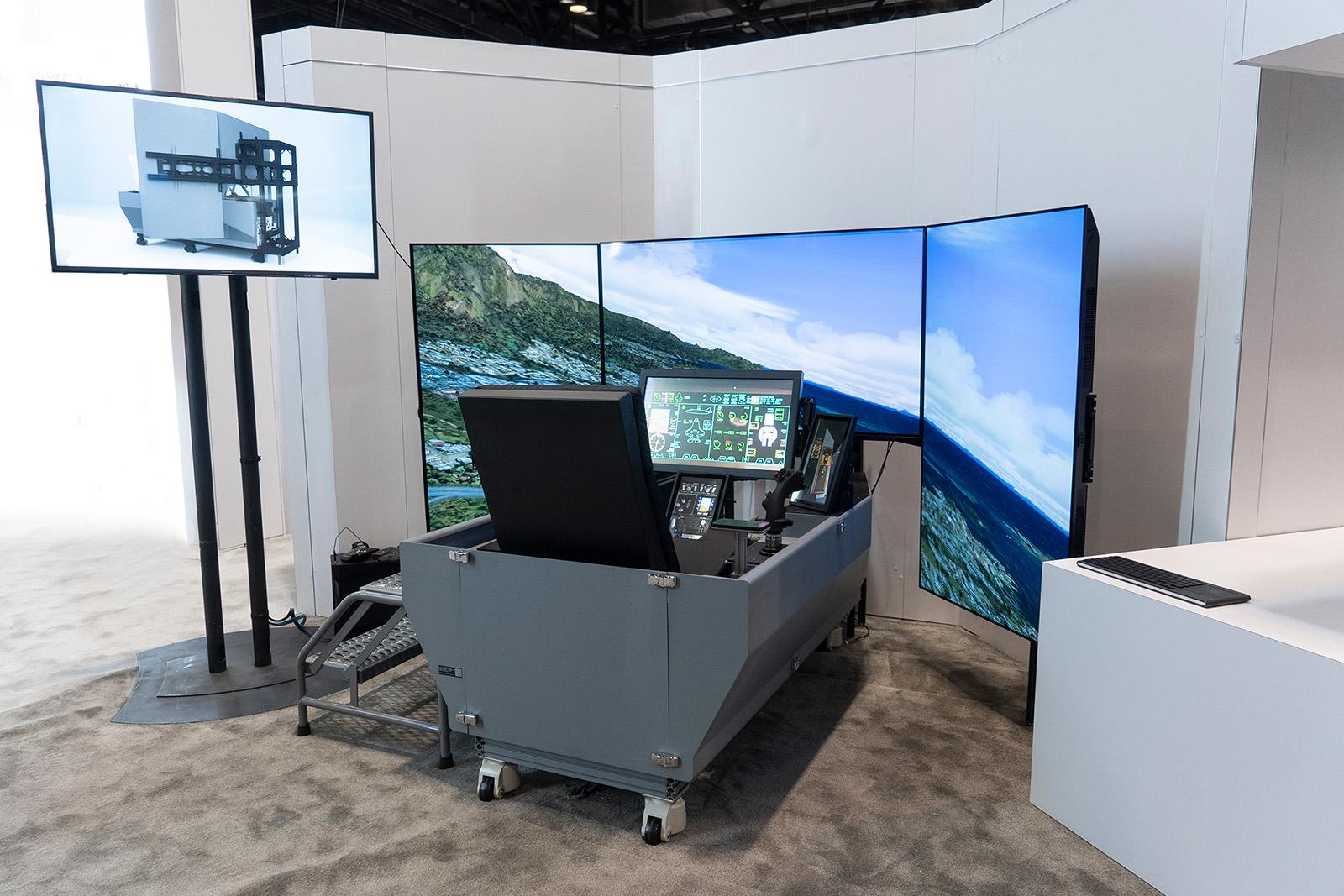
Credit: Lockheed Martin
ORLANDO, FLORIDA—Lockheed Martin is internally developing a smaller, cheaper mission rehearsal training simulator to give F-35 pilots the ability to practice without relying on the existing large, full-mission simulators. The F-35 Mission Rehearsal Trainer-Lightning Integrated Training Environment...
Subscription Required
This content requires a subscription to one of the Aviation Week Intelligence Network (AWIN) bundles.
Schedule a demo today to find out how you can access this content and similar content related to your area of the global aviation industry.
Already an AWIN subscriber? Login
Did you know? Aviation Week has won top honors multiple times in the Jesse H. Neal National Business Journalism Awards, the business-to-business media equivalent of the Pulitzer Prizes.
